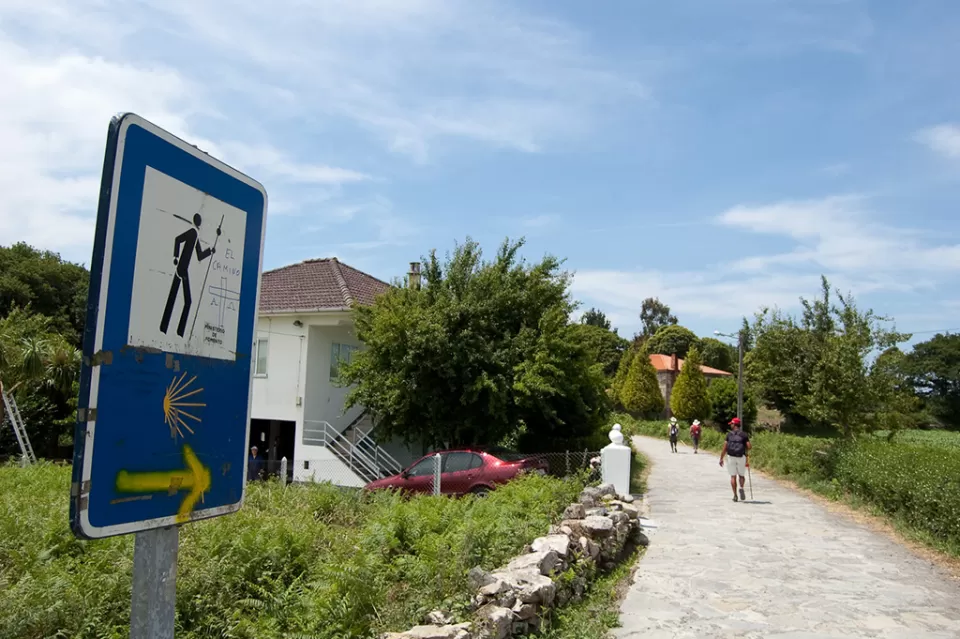There are also many who choose to do the Camino in another way than on foot, such as all of these, but today we focus on the walking route.

You can contact companies that carry out hiking if you want specialist advice. However, we leave you some guidelines that will make this experience unforgettable and risk-free.
It is a basic recommendation, since keep in mind that you are going to be walking several kilometers each day, so you should have some physical background and resistance. It also doesn't hurt that before undertaking this feat we prepare ourselves by walking along paths in the mountains, where we wear the same footwear as on the trip, the same type of clothing and it wouldn't even be bad to simulate the backpack. on your back (it is advisable that it does not weigh more than 5 or 7 kg).


There are several routes to choose from, you will simply have to decide on one of them depending on what you are looking for or where you live. Within each of these groups, there are several itineraries that begin in various places.
- French way. This is the most classic, which starts from Roncesvalles.
- North road. Part of Irún, in the Basque Country.
- Way of the Way of the Silver. It begins in Seville.
- Camino del Ebro. It begins in Tortosa, in Tarragona.

- Camino de Santiago de Castilla.
- Camino de Santiago Catalanes.
- Camino de Santiago of the Southeast and Levante.
- Camino de Santiago of the Routes of the Mozarabs.

- Mountain footwear. This is the main thing, because keep in mind that you will spend many hours walking and that if they are uncomfortable or hurt you, chafing may appear that will turn into blisters and I think it is not necessary to tell you everything that hurts. .
- Relaxing footwear. If you are wearing other shoes, these will help you at night or when you are not in the middle of the road. You can include some flip flops to wear in the showers.
- Fleece lining. At night it will get colder, no matter the time of year, so don't forget it.
- Raincoat. In the middle of the mountains and especially in the north of our country you never know when some rain or storm may surprise you, so it won't hurt to carry one.

- Sleeping bag. Remember that the lighter it is, the better.
- Clothes. Make it just enough to not load the backpack too much. But yes, take several pairs of socks, because if it rains it is not pleasant to wear your feet wet.
- Flashlight.
- Water and some energy food.
- Sun protection, sunglasses and a hat (especially if you go in summer).
- Mobile phone and charger. Since you may not find a place to charge it every day, you can buy autonomous chargers and take it with you in case you have an emergency.
- A small first aid kit. In it, add, above all, plasters, mercromin and hydrogen peroxide in case you get chafing.
- Documentation. It is important to carry your ID and Social Security card.
- Couch bag.
- Multipurpose knife. It can be useful when you least expect it.


















